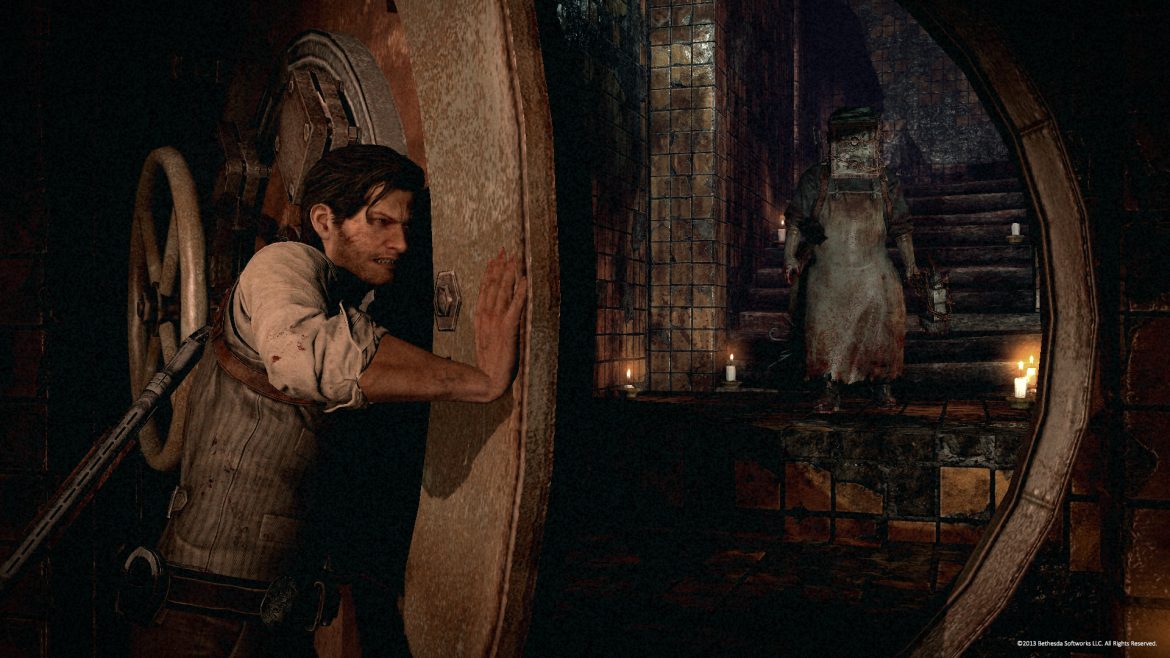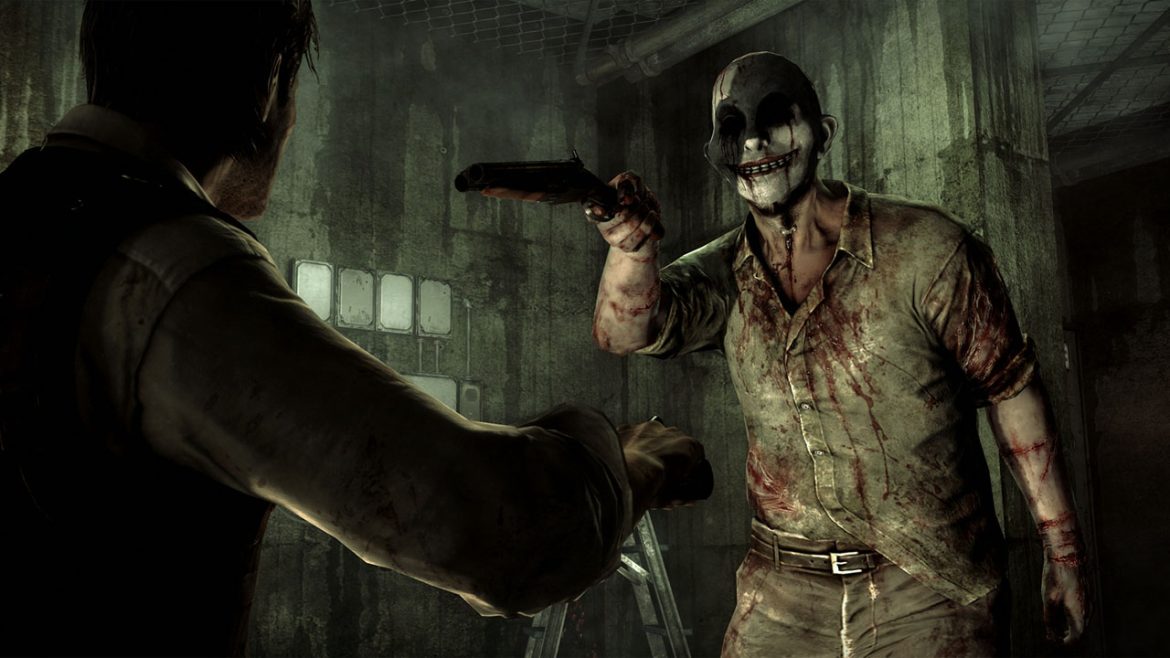TL;DR
Shinji Mikami, the mastermind behind Resident Evil, returns with The Evil Within, a modern survival horror game that harkens back to classic gameplay. Step into the shoes of investigator Sebastian Castellanos as he navigates a nightmarish world filled with grotesque creatures and scarce resources. This challenging title demands strategic thinking, stealth, and patience, rewarding players with intense moments and a classic horror feel. While the graphics and sound design impress, the game's mechanics, though familiar, can feel dated with a reliance on trial-and-error gameplay and gore over genuine scares. If you're a fan of old-school survival horror and crave a demanding, stressful experience, dive in and see if you can survive the nightmare!
Shinji Mikami established his reputation in the gaming industry with the influential Resident Evil, a title that spawned numerous sequels and film adaptations. He now returns with a new survival horror game: The Evil Within.
Players who experienced Resident Evil, perhaps even on the original PlayStation, likely retain vivid memories of it. From the iconic door-opening loading screens, viewed countless times, to the sequence where Dobermans burst through a window, shattering the perceived tranquility of the haunted mansion, the game left an indelible mark. It’s no surprise that Resident Evil is soon to be re-released in an HD remake for current-generation consoles, as it essentially pioneered the “Survival Horror” genre and profoundly impacted gamer culture. Mikami’s latest horror creation, The Evil Within, is designed for modern consoles and PC, yet retains core gameplay elements established nearly two decades ago, with mixed results.
As investigator Sebastian Castellanos, you must survive what can only be described as a relentless nightmare. During a call to an asylum, you and a contingent of police officers are quickly overwhelmed, and reality seems to fracture around Sebastian. He awakens alone in a mental hospital, guided only by a spectral nurse. A mysterious mirror provides passage to fragmented realities, where you piece together the events that transpired to both yourself and the world. This takes place under the constant threat of nightmarish creatures, including zombies and chainsaw-wielding adversaries.
The Evil Within, as mentioned, embodies Shinji Mikami’s signature style and the essence of the Survival Horror genre. A straightforward, “Rambo” approach of engaging every enemy head-on is highly ineffective. Instead, strategic thinking, stealth, and a measured pace are essential. Resources are consistently scarce, with limited ammunition and health, frequently forcing players to confront stressful scenarios that necessitate evasion. Furthermore, the protagonist’s physical condition is notably vulnerable; he cannot sprint indefinitely and requires periodic pauses to recover his stamina. These elements combine to give The Evil Within a classic, challenging, and familiar feel, both positively and negatively.
The graphics in the PlayStation 4 version, the platform tested for this review, represent a significant advancement over previous Survival Horror titles. Real-time calculations for light sources and shadows contribute to the immersive atmosphere, enhanced by detailed textures and design elements such as partially obscured windows that invite closer inspection. Character models are generally well-rendered, although facial details and animations do not quite reach the fidelity established by titles like Beyond, but they are adequate for the genre. The sound design is commendable, with clear and well-acted voice performances. The surround sound implementation effectively conveys enemy positions, enhancing situational awareness.
The Evil Within presents a considerable challenge by contemporary standards, demanding patience and strategic thinking from the player. The enjoyment derived from the game is heavily contingent on individual preferences for gameplay styles and prior gaming experiences. The game intentionally creates tension through resource scarcity and a constant sense of unease. Survival is precarious, and players should anticipate frequent deaths, often involving graphic dismemberment by chainsaws, decapitations, or explosions triggered by traps. Gameplay is structured into sequences, requiring completion of a specific objective (which allows for tactical flexibility) to progress. Failure necessitates restarting the sequence, which can become repetitive. This repetition can be unnecessarily tedious, particularly when replaying sections that involve disarming traps and eliminating minor enemies before tackling the primary objective, frequently a mini-boss encounter. The difficulty level can be reduced, but not increased, emphasizing the importance of persistence from the outset.
The scripted and demanding nature of the Survival Horror genre is part of its appeal. However, it’s difficult to ignore the sensation that beneath the polished visuals, the game’s mechanics feel somewhat dated. The need to repeatedly replay sections due to minor oversights or unexpected enemy encounters feels less modern and less enjoyable. This trial-and-error approach extends the game’s duration without necessarily enriching the experience, preventing players from fully engaging with the intriguing narrative and horror elements. Regarding the latter, the game relies more on gore, blood, and graphic violence than genuine scares. Consequently, this is a mature title unsuitable for children or individuals sensitive to such content. While the feeling of being stalked by monstrous enemies is present, the game elicits more stress and a sense of being overwhelmed by enemy strength and numbers than actual fear.
For players who enjoy classic Resident Evil games and are prepared for a demanding experience, The Evil Within offers a horror adventure that can provide approximately 12-14 hours of engaging, albeit stressful, gameplay, including time spent replaying sections. However, those accustomed to more modern game mechanics and less frequent repetition may find the experience tedious.


